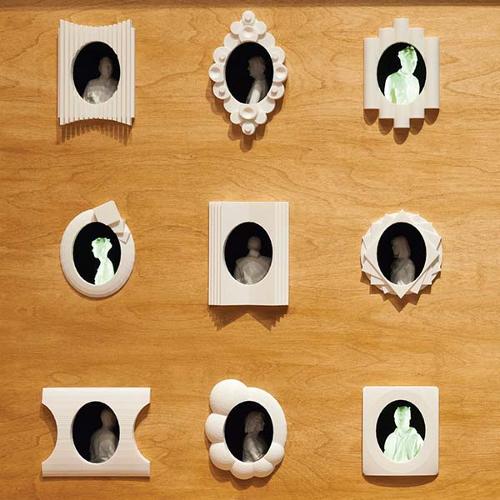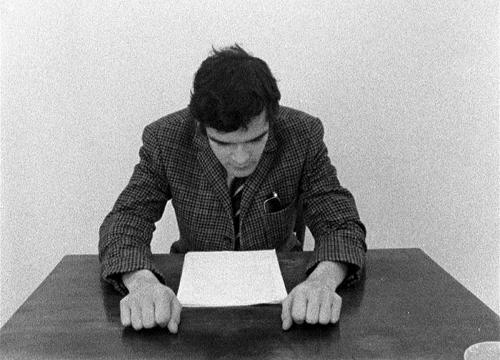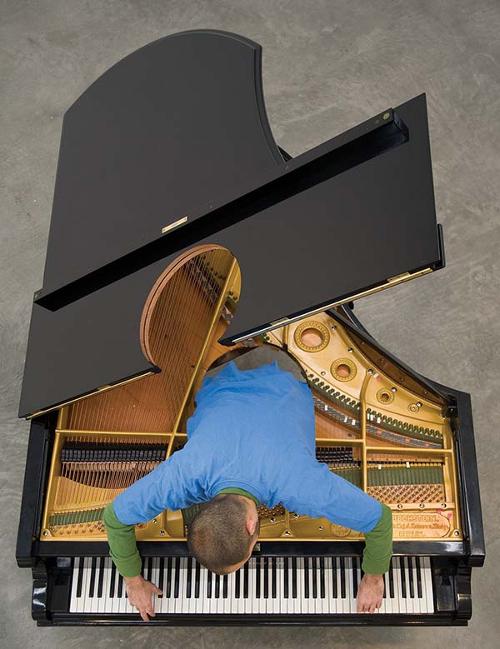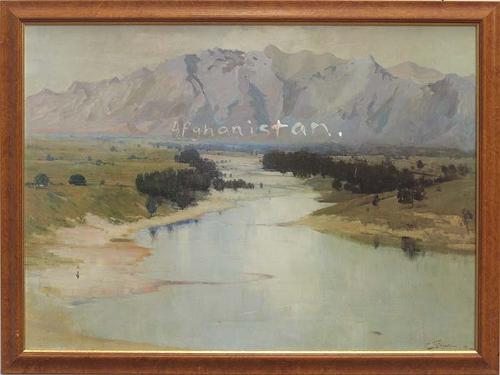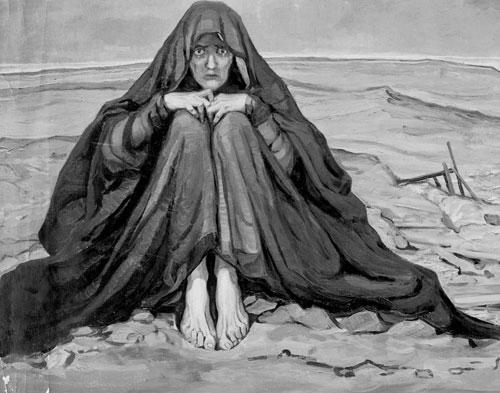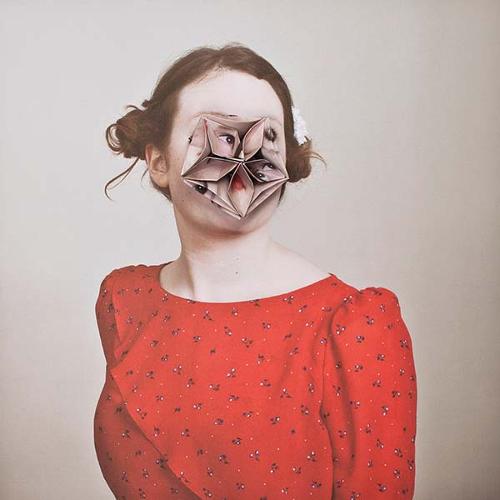
Too Much World is a selective survey of Berlin-based Hito Steyerl's major works from the last decade. The exhibition emphasises exploratory attempts to blend her (mostly) text and screen-based practice into the physical space of the gallery. On this level, the exhibition’s success is fairly tepid, but as a proposition on the changes that technology and digitisation have made to life and art practice, it has a lot to offer.
The show opens softly in the foyer with Red Alert (2007), a triptych of old-issue widescreen Mac monitors mounted vertically and playing the colour red. The now-aged viewing angle technology, exacerbated by the natural light and shallow angle of the wall all caused me to be unsure of the screens’ content. Is it video or image? Is it all the same red or is it graded? By positing an experience in which our embodied perspective clouds the possible 'truth’ of the work Steyerl exposes how naturalised and invisible the representational power of the screen has become.
The idea of viewing angles apparent in Red Alert is nicely picked up in Guards(2012), a floor-to-ceiling projection of a film shot at the Art Institute of Chicago. Against a backdrop of well-known artworks (some furnished in post-production) the guards demonstrate and instruct the viewer in their military approach to museum security, while touching on stories of violence in their own community. There are some captivating dolly shots of one particular guard, Ron Hicks, as he ‘runs the walls’, clearing each gallery for possible threats. Guards is a good example of Steryerl’s ability to pinpoint concrete intersections between art and the personal and political realms it seeks to tackle.
The next two galleries house newer works: Liquidity Inc. (2014) and HOW NOT TO BE SEEN: A Fucking Didactic Educational.MOV File (2013). This section of the show effectively mirrors the content-fatigue and ‘too-much-world’ feeling characteristic of browsing the internet. The screen content is disparate, highly layered, multi-modal and sometimes quite playful. In HOW NOT TO BE SEEN one of the instructions is to ‘become a single pixel’. This is demonstrated by a number of figures dancing foolishly with pixel-shaped head coverings. These absurd moments are relieving antidotes to works that really are ‘Fucking Didactic’ at times.
The closing argument is Adorno’s Grey (2012). The film depicts several conservators attempting to forensically discover the specific shade of grey that Adorno is said to have requested for his classroom. We also hear a critical discussion of the philosophical implications of the colour grey and of a protest, staged in 1969 in which three women interrupted one of Adorno’s lectures by dancing topless. In ways that are too detailed to be properly reflected in this review, these stories elegantly unveil the false polarities of the virtual and the real. All together Too Much World errs much more on the side of argument than affect but I think Steryerl’s research is perceptive and unique enough to elicit a close reading.

